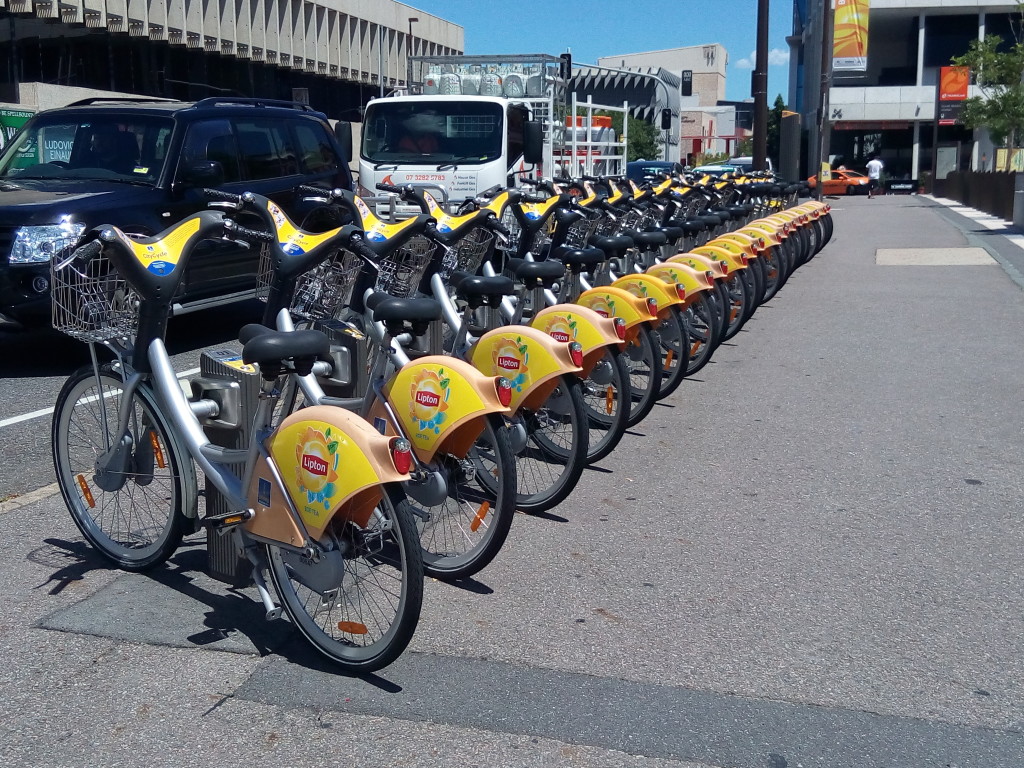I used to work with a self-important, 60-something journalist who was of English origin but had spent many years working in colonial Africa. He prided himself on conforming to what he believed to be traditional British values — and one of those was the proper way to form, and behave in, a queue.
He told the story on more than one occasion of how a young man had stood in front of him in a bus queue, and that he had objected to this faux pas by “beating the boy with my umbrella”.
In his world, there was a proper way to do everything — and a place for everyone in the pecking order.
We’ve moved on from systems based on class and race, thank goodness, but many people still stick to the rule of etiquette that dictate that queues remain orderly. If you have to line up for something, you join the end of the queue and you wait your turn.
But not everybody feels that way. In many parts of Asia, it is a Darwinian exercise where the first to be served is the one who can make their way to head of the queue by any means, fair or foul.
It extends to the common situation in Shanghai where, despite signage telling them otherwise, passengers for the Metro will insist on pushing their way on to the train before allowing other passengers to get off. This, of course, makes no sense, it just disadvantages everybody and holds the train up.
My general attitude is that we should all take our turn. But, at the same time, we need to be sensitive to local customs, so I generally just shrug my shoulders when somebody pushes in. Getting angry doesn’t work when the other party simply doesn’t get it.
But, of course, even in societies where queuing is the cultural norm, the situation sometimes falls over. I’m thinking about waiting for a taxi during a downpour, when all bets are off.
P.S. I know the picture shows a row of bicycles. It’s the nearest thing I had.

